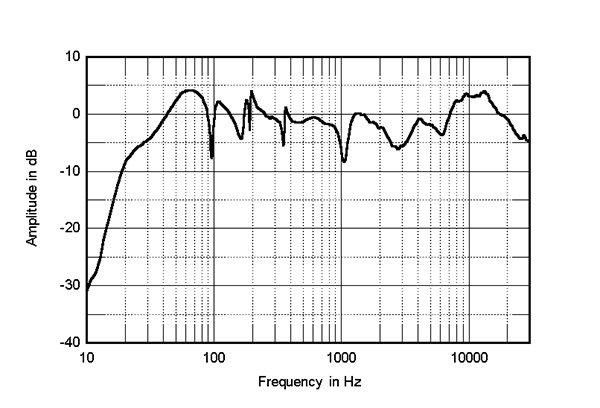so you believe that Harmon and Toole don't have any bias, after all they are competing in the industry. All the Toole listening test I have read about place one speaker in the same position not taking into account the design of the speaker.
AFAIK, Toole is retired. And Harman (not “Harmon”) does actually test speakers at different listening axis. Sure it’s the same boundary lengths but then so will it be in the majority of listener’s setups. Harman aims for what performs good in a real-world room as well as in an anechoic environment. Perhaps you could research further into their processes.
By no means am I claiming they make the best speakers or the absolute best at their price points. Their main intent is to beat out their handful of primary competitors (B&W, Focal, Paradigm etc.) when it comes to performance/dollar. IME, they typically achieve that goal in terms of currently available competitor products. Thus, I believe their DBX test methodology bears fruit in real world applications. Again, not saying they are THE Best,” only that they tend to produce better value than their primary competition at respective price points. I surmise that’s likely because they stick to established science, but of course, we cannot entirely rule out the possibility they have access to magic fairy dust. 😉


